Name J. B. Ford Class and type Lake Freighter Launched 12 December 1903 Draft 8.53 m | Namesake J. B. Ford Installed power Triple Expansion Steam Length 134 m Beam 15 m | |
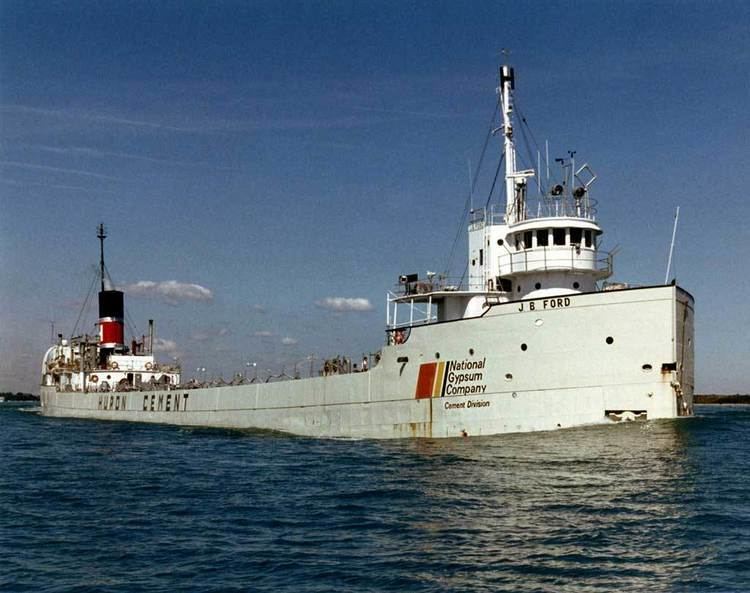 | ||
Builder American Ship Building Company | ||
The J. B. Ford was a steamship bulk freighter that saw service for over 100 years on the United States and Canada great lakes.
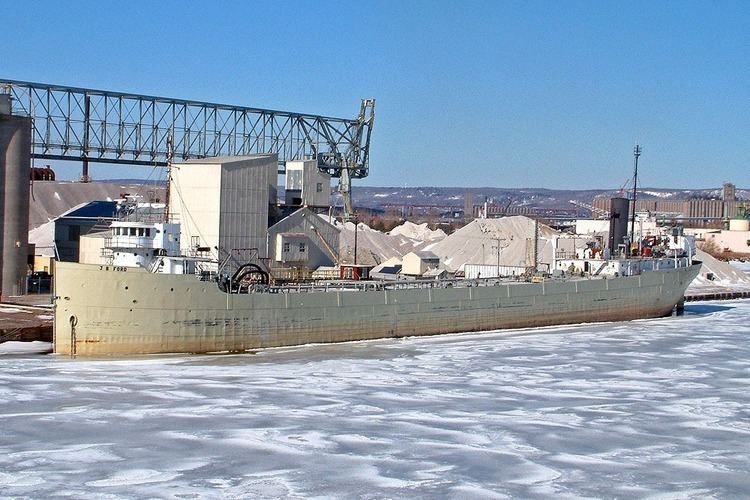
The ship was launched in Lorain, Ohio on December 12, 1903 as the Edwin F. Holmes. The freighter was named in honor of Edwin Francis Holmes, an investor in the Hawgood & Avery Transit Co. and a director of the Hawgood & Avery Fleet in 1904. The Edwin F. Holmes sailed in the Commonwealth Steamship Fleet until 1911 when she was transferred to the Acme Transit Fleet (another of the Hawgood fleets). At the time of its scrapping was the oldest intact lake freighter still afloat.
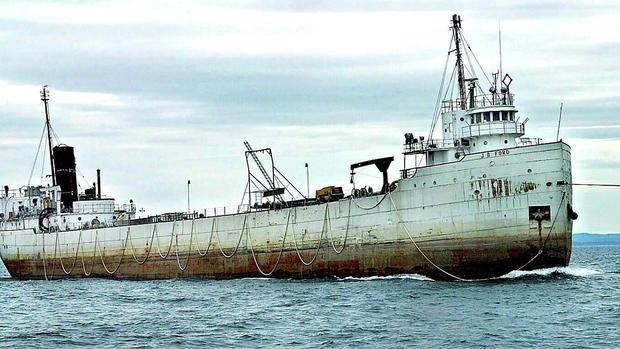
The ship was 440 feet long by 50 feet across the beam, with a depth of 28 feet. It was powered by a 1,500-horsepower triple-expansion steam engine, fed by two coal-fired Scotch marine boilers. The Ford had 12 hatches feeding into 4 cargo compartments.
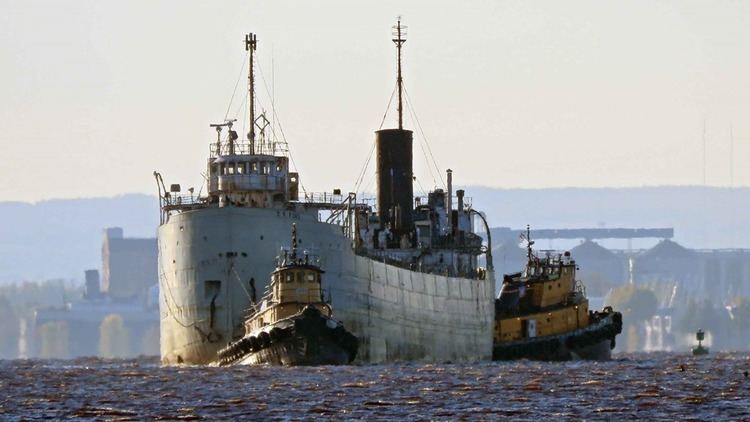
Although the Ford had not seen powered service since November 15, 1985, it served as a stationary cement storage and transfer vessel in South Chicago, from 1987 until 2001. The vessel was towed to Superior, Wisconsin to serve in the same capacity. The Ford continued in this duty until 2006 when the JAW Iglehart, former fleet mate of the Ford, was retired from service and took over the Ford's duties in Superior.
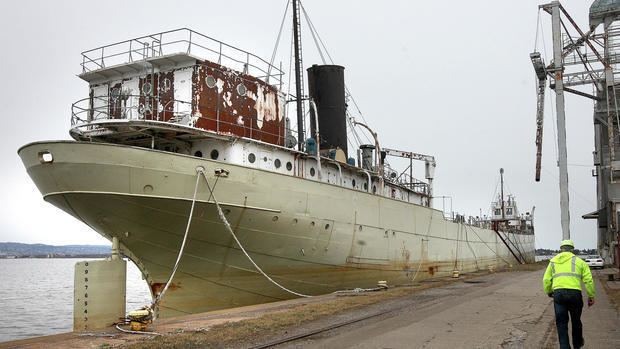
The Ford was moved to a storage dock awaiting orders to scrap the vessel. The scrapping of the E. M. Ford, and the attempts to save that ship in 2008, generated public interest in the old steamers. In 2010 the Great Lakes Steamship Society (GLSS) was formed (and soon thereafter incorporated) with the intention of acquiring and preserving items of maritime heritage on the Great Lakes, with their first goal the preservation of the J. B. Ford. The GLSS achieved 501c3 non profit status in 2011 and worked to save the vessel until July 2014. When the GLSS effort began in 2010, the vessel's owner, Lafarge, deferred scrapping the Ford to allow the group time to get organized and put a real effort forward to preserve the ship. The effort failed due to increasing cost to stabilize and preserve the vessel, combined with a loss of interest in preserving it. As of July 2014, the GLSS was still working with the vessel's owners to recover artifacts and significant items from the vessel, particularly the forward cabins.
The J. B. Ford was towed to the Azcon scrapyard on Friday morning, October 9, 2015.
